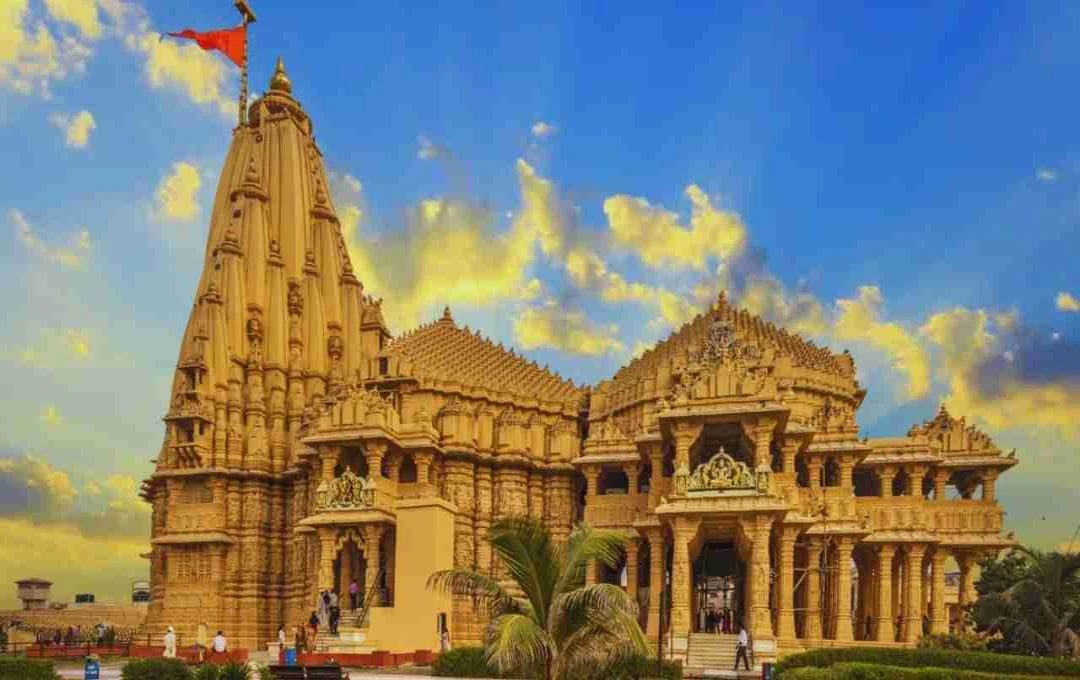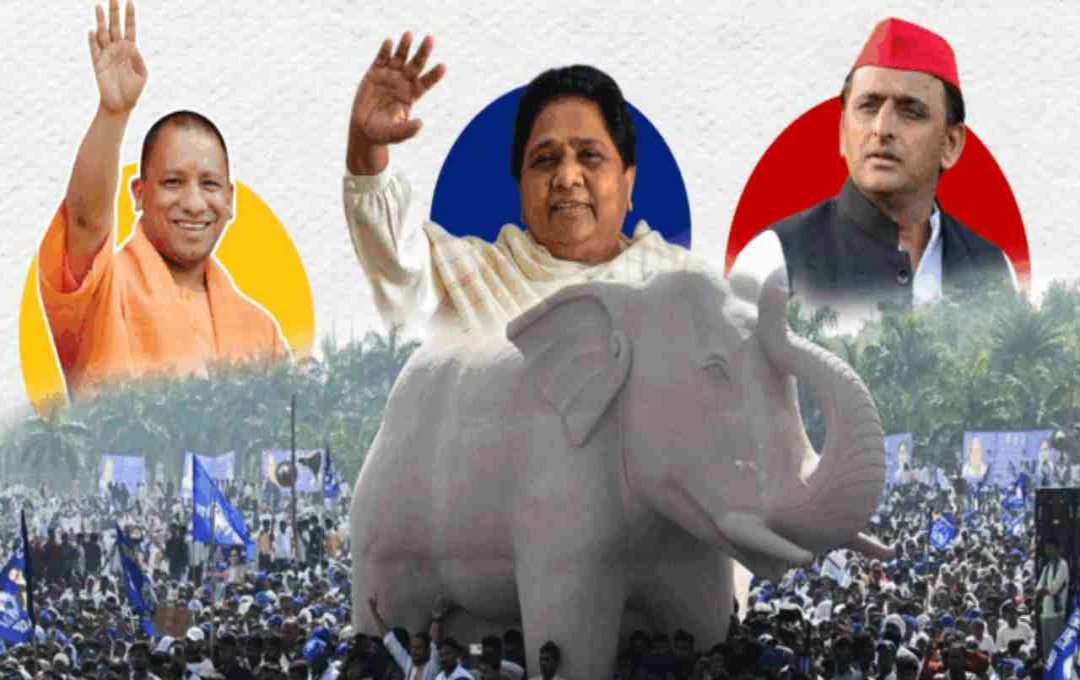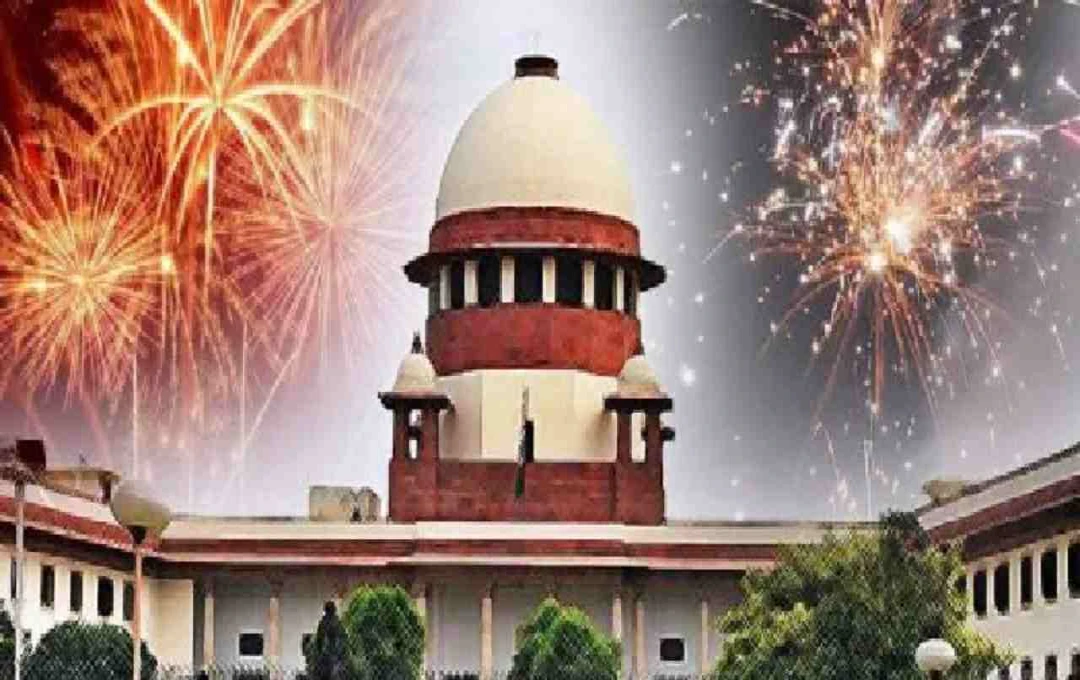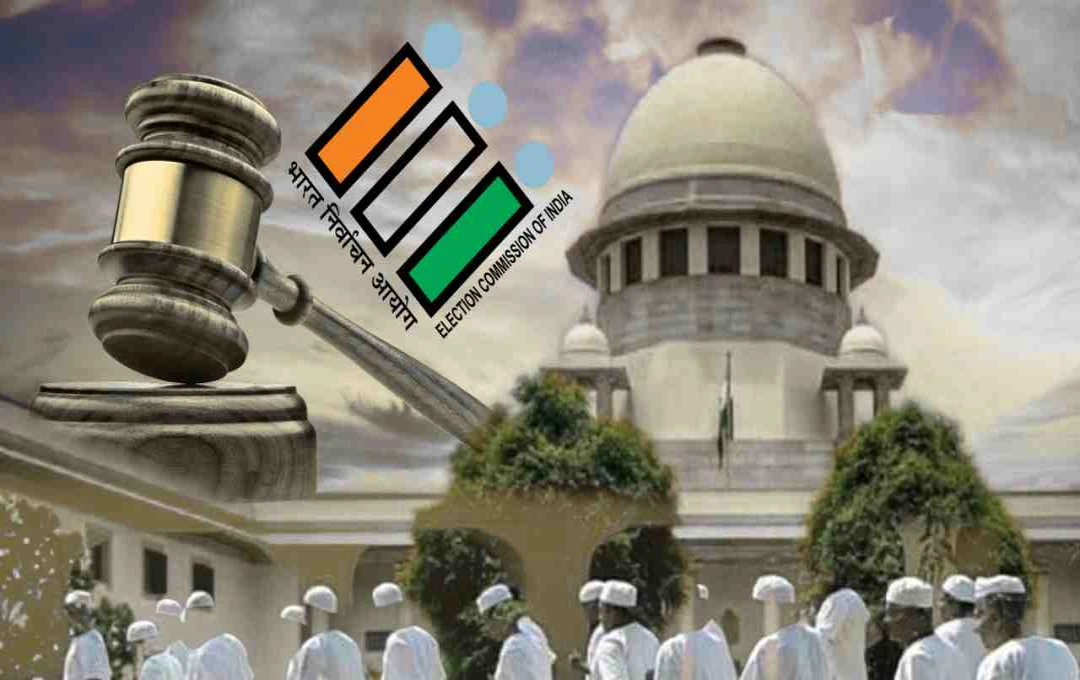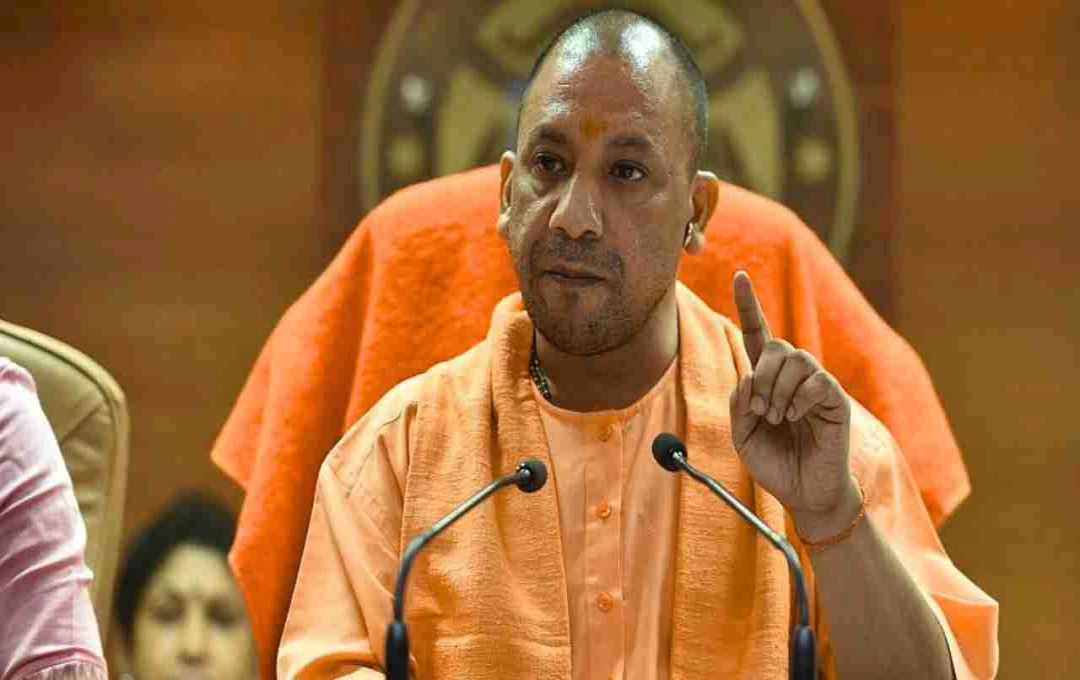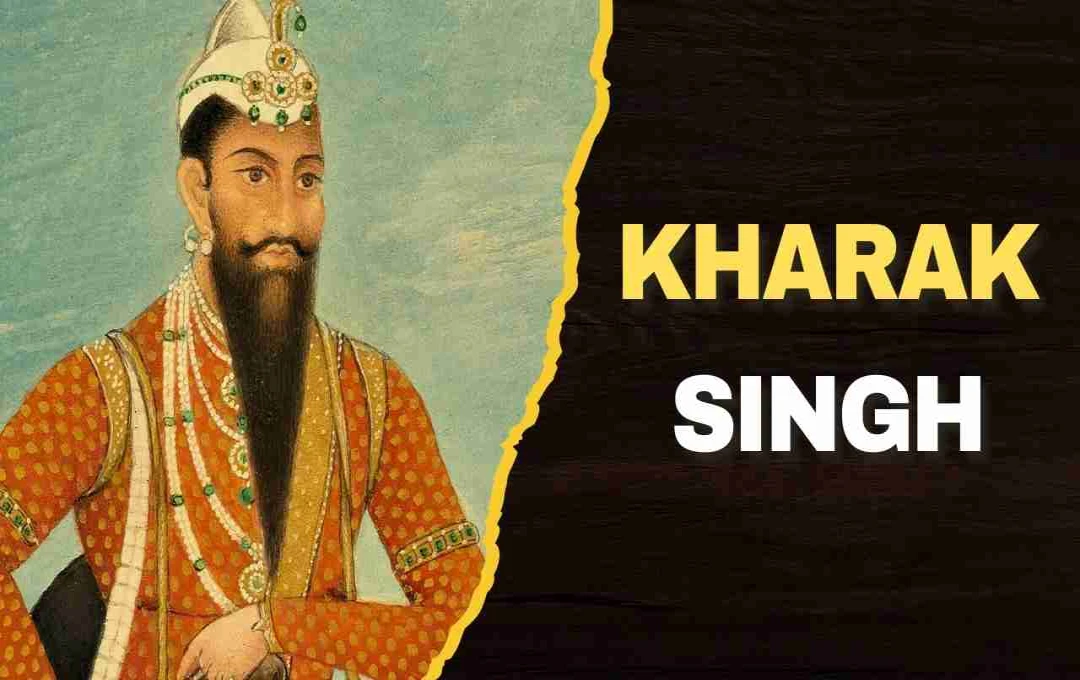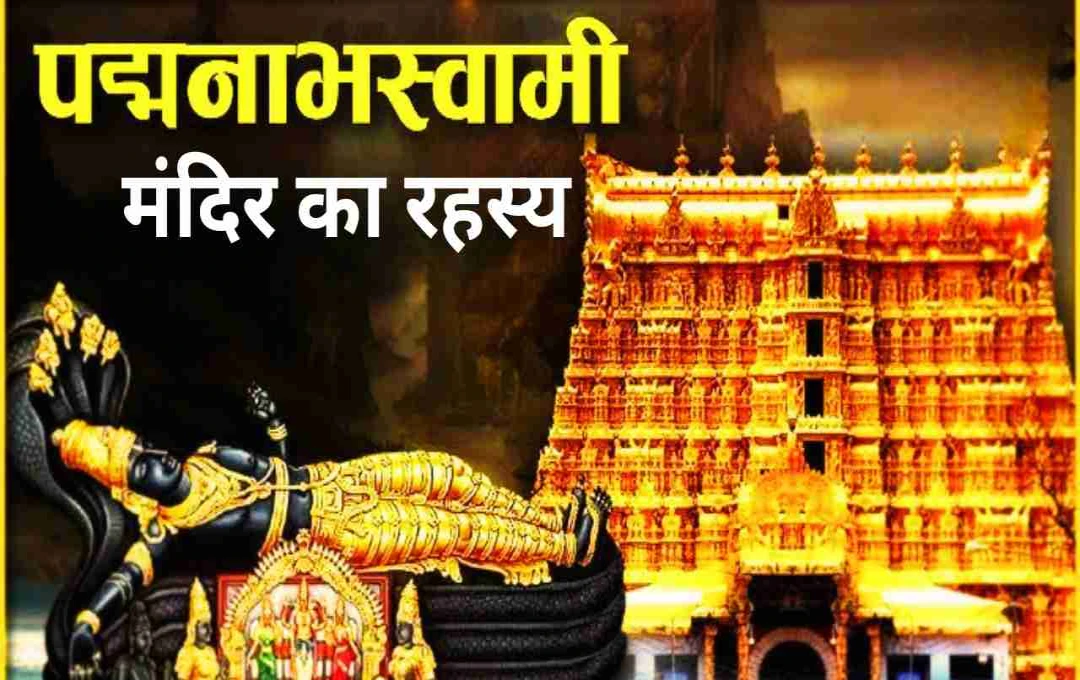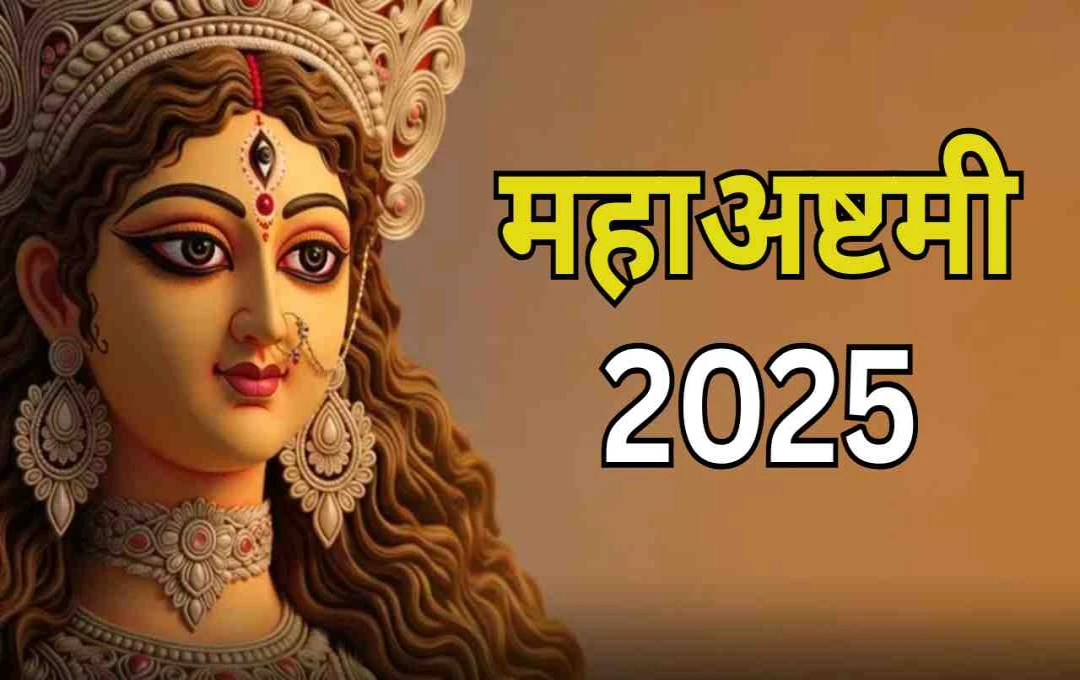India's sacred land is home to numerous historical and religious sites, but some leave an indelible mark on the sands of time. One such divine and ancient site is the — Somnath Temple. It is not just a temple but also a saga of faith, courage, and cultural rebirth. Located in Veraval, in the Saurashtra region of Gujarat, this temple is considered the first of the twelve Jyotirlingas of Lord Shiva. Despite the many ups and downs of history, the Somnath Temple was repeatedly built, destroyed, and rebuilt — as if it were as imperishable as Shiva himself.
The Eternal Flame of Faith: The Beginning of Somnath
The Somnath Temple is a famous and ancient Shiva temple located on the coast of the state of Gujarat, India. This temple is considered the first among the twelve Jyotirlingas of Lord Shiva. It is said that Chandradev (the Moon God) attained liberation from his curse by worshiping Lord Shiva and then constructed this temple. 'Somnath' means 'Lord of the Moon', which is another name for Shiva. This temple is not just a place of worship, but a vibrant identity of India's faith, history, and culture.
Prabhas in Ancient Texts: The First Echo of Pilgrimage
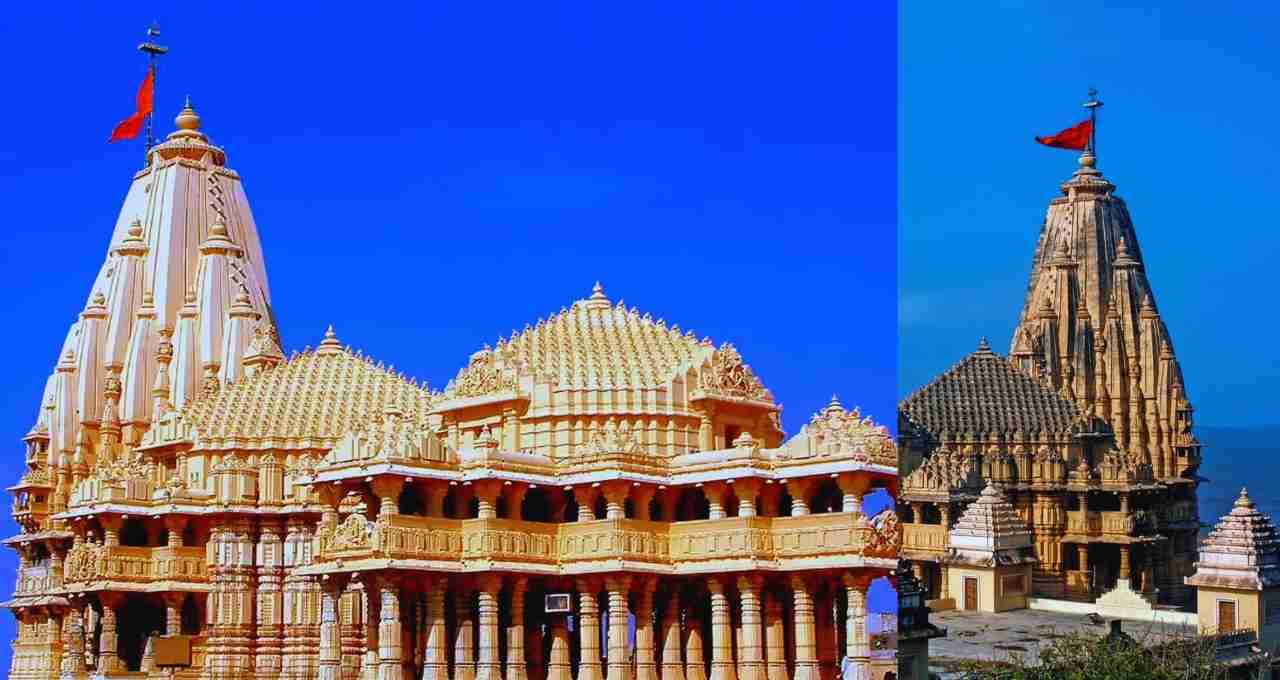
Numerous Hindu texts like the Mahabharata, the Bhagavata Purana, and the Skanda Purana mention Prabhas Tirtha. This is believed to be the land where Lord Krishna spent his final days and from where he journeyed to Vaikuntha (the abode of Lord Vishnu). This place has been revered since the Vedic age, where three rivers — the Saraswati, Kapila, and Hiranya — converge with the sea, forming the Triveni Sangam. This confluence is considered a symbol of purifying the soul.
The First Construction of the Temple: History or Mystery?
Prabhas Tirtha is a very sacred place in India, described in many ancient religious texts such as the Mahabharata, the Bhagavata Purana, and the Skanda Purana. This is the place where Lord Krishna spent his last time and then departed for heaven. This pilgrimage site has been a center of devotion since the Vedic period. Here, three rivers — the Saraswati, Kapila, and Hiranya — meet, which is called the Triveni Sangam. This confluence is considered a symbol of liberation from sins and the purification of the soul.
Mahmud Ghaznavi's Attack: The First Blow to Faith
In 1026 AD, the Afghan ruler Mahmud Ghaznavi reached Somnath with a large army and artillery. His aim was to loot the temple's immense wealth and to break the idol of Shiva, thereby hurting people's faith. It is said that he took away the gold and silver inlaid doors, gem-filled urns, and expensive idols, loading them onto camels and taking them to Ghazni. The temple building was also severely damaged in this loot.
During the attack, Ghaznavi's army brutally murdered thousands of unarmed devotees. This incident caused deep pain and anger not only in Gujarat but also throughout the country. This first major blow to Somnath left a wound in Indian history that generations could not forget, but this very shock also gave new strength to the reconstruction of the temple and the steadfastness of faith in the future.
Series of Invasions: Faith versus Power
After Mahmud Ghaznavi, many invaders attacked the Somnath Temple. Alauddin Khilji, Zafar Khan, Mahmud Begada, and finally Aurangzeb also tried to destroy this sacred site. Every time the temple was broken, but every time the devotees rebuilt it. This temple is not just a structure of bricks and stones, but an immortal identity of Indian public faith, courage, and culture.
From Slavery to Freedom: The Sacred Sentiment of Reconstruction
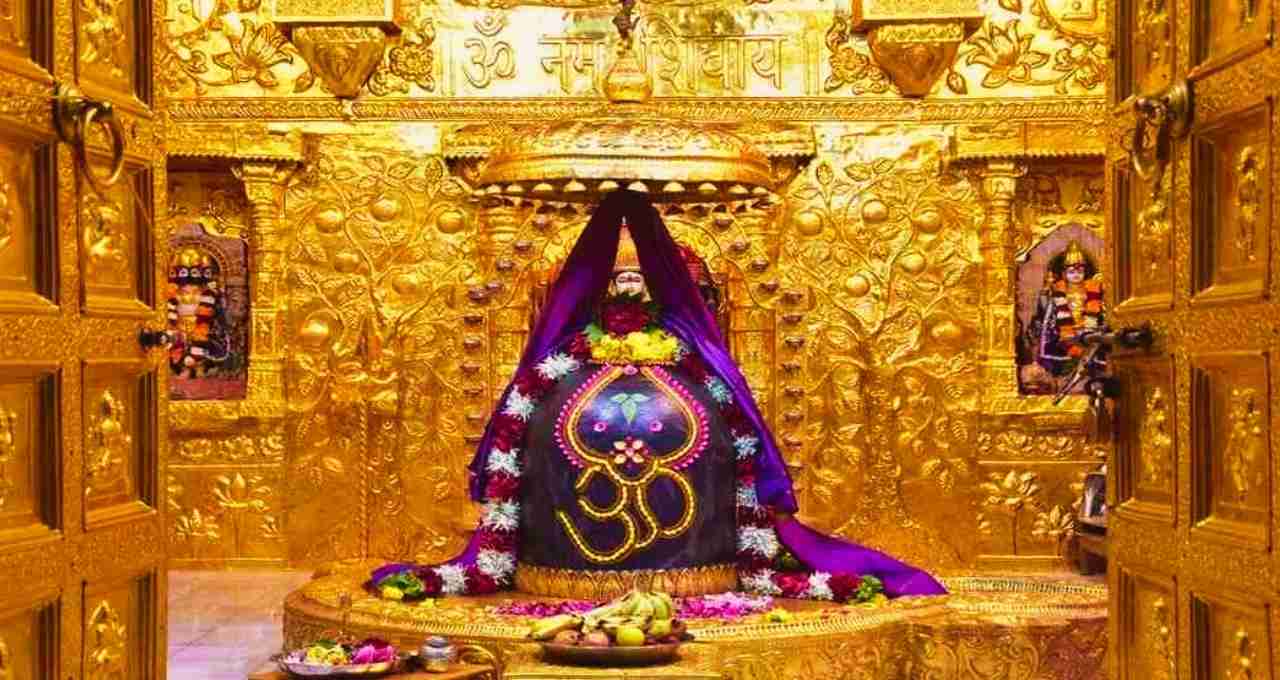
By the time India became independent in 1947, the Somnath Temple had been completely reduced to ruins. The country was moving on a new path of freedom, and at such a time, the country's first Home Minister, Sardar Vallabhbhai Patel, resolved to reconstruct this temple. He decided that the temple would be built not with government money, but with public cooperation so that it would become a symbol of the faith of the people of the country.
However, the then Prime Minister Pandit Nehru did not agree with this decision. But the first President of India, Dr. Rajendra Prasad, by participating in the inauguration of the temple, made it clear that this reconstruction was not only religious, but also a rebirth of Indian culture and self-respect. In 1951, when the temple was reopened to the devotees, it became a new identity of independent India.
The Modern Temple: A Confluence of Art, Craft, and Soul
The modern Somnath Temple is a magnificent religious and cultural heritage, built in the Maru-Gurjara architectural style. Its main spire is 49 feet high from the sanctum sanctorum, and the carvings on its walls are very beautiful and intricately done. Some original pillars and idols of the ancient temple can still be seen in the south and west parts of the temple, which give a glimpse of its glorious history. Its architecture resembles the grand Jain temples like Lunavasa, making this temple a unique confluence of art, devotion, and culture.
Somnath Today: A Journey from Tourism to Pilgrimage
Today, Somnath is not only a religious site but also a cultural heritage and a tourist center. The echoes of this temple, situated on the seashore, now resonate throughout the world. Millions of devotees visit here every year, especially on the occasions of Shivratri and Kartik Purnima. The proposed pilgrimage corridor by the government will give this temple even wider recognition in the future.
Somnath is not just a temple; it is the living soul of Indian civilization. As many times as it was destroyed, it was rebuilt. This place teaches us that faith and devotion cannot be erased. History challenged it repeatedly, but each time it proved through its rebirth that there is no end to faith. This temple is an inspiration — for everyone who has the courage to rise again after falling.
